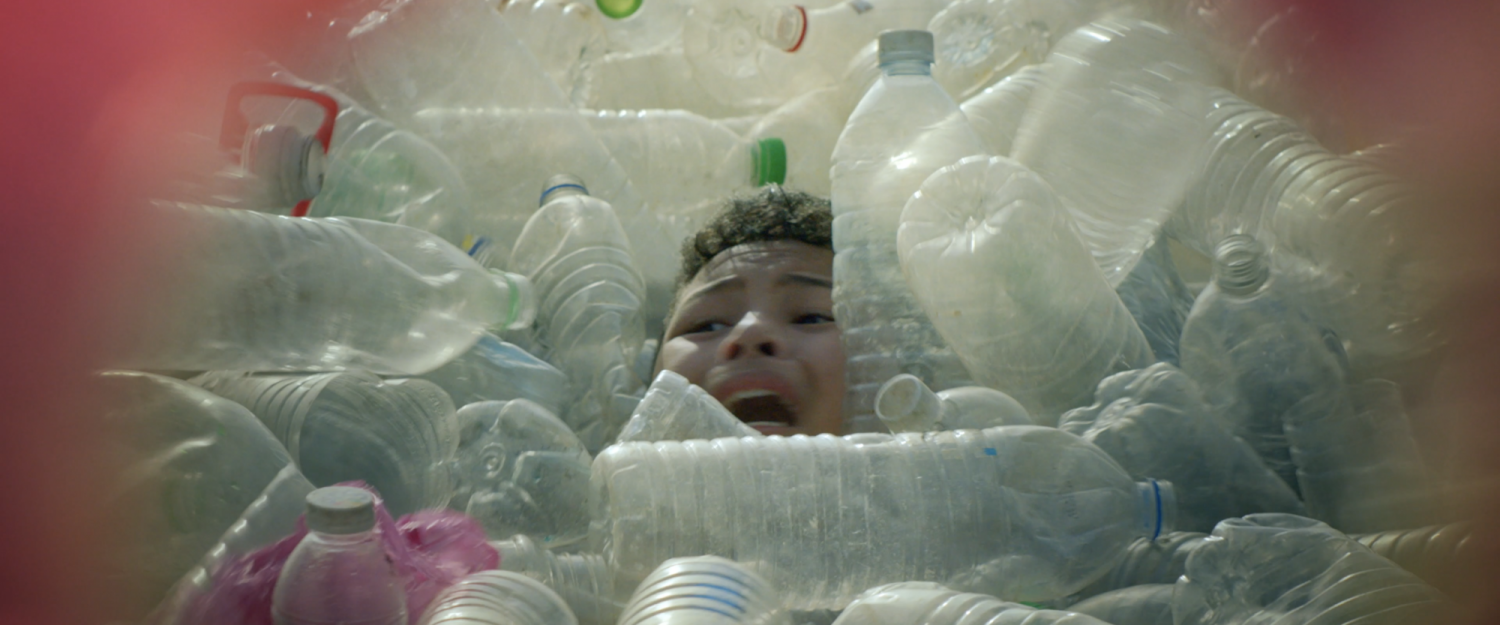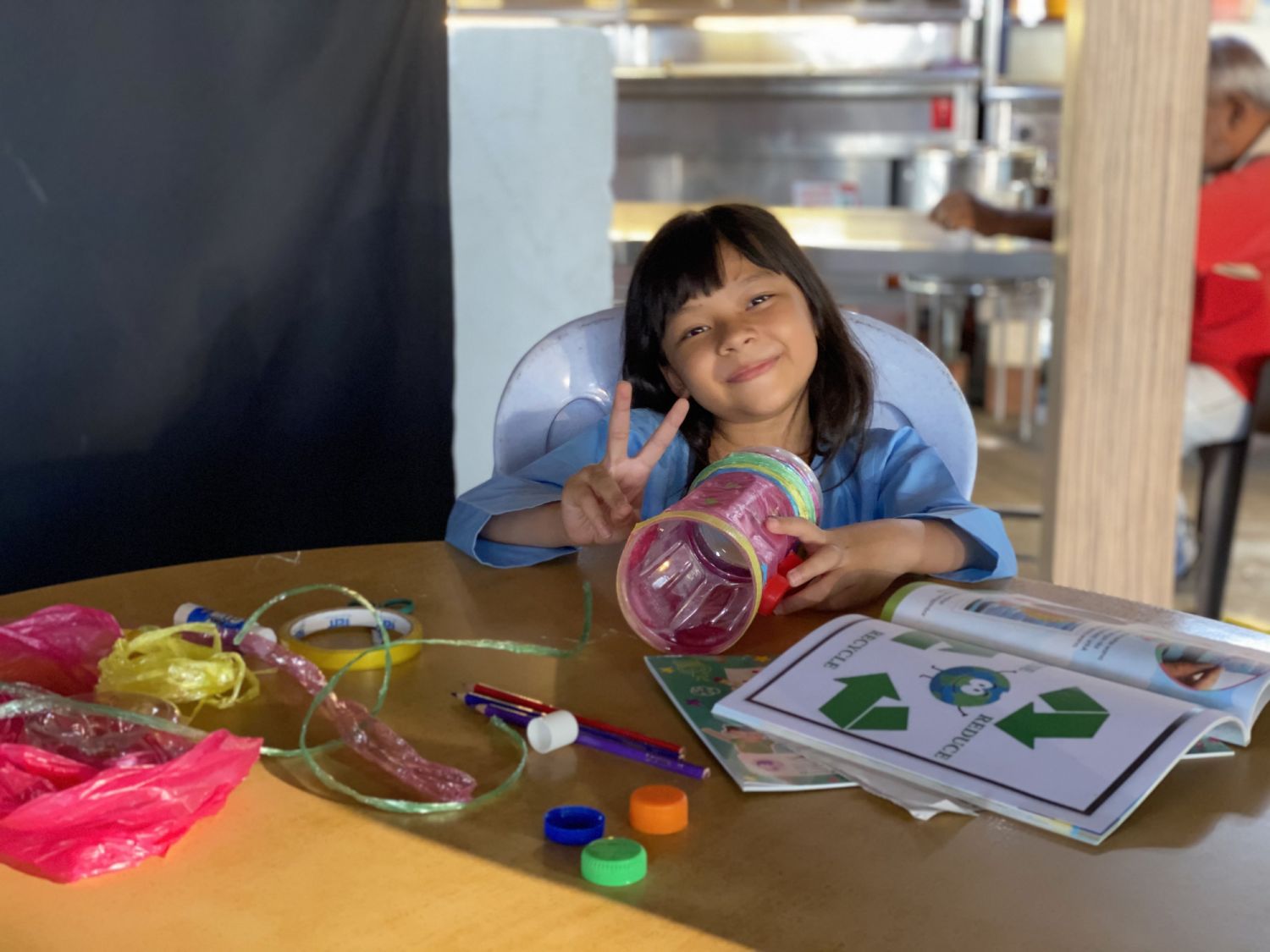The producer and director take us through the inspiration, filming process, and message behind the powerful short film
Produced by Sean Lin and directed by Philip Rom, (Plastik) is a 2022 short film that depicts the plastic waste problem in Southeast Asia. Shown from the perspective of a young girl who discovers the reality of plastic pollution through a bottle telescope, the film was launched in conjunction with World Environmental Day as a reminder for people to live sustainably in harmony with nature. Inspired and supported by the UN Environment Programme's SEA circular project and MeshMinds, (Plastik) was chosen to address Southeast Asia’s plastic pollution.
See also: Sustainable Sunday: Baida Hercus Lives on a Farm in Pahang with Her Family
With vivid imagery, the film cuts through the noise with clarity: plastic is overwhelming us and it is everywhere. In an era where plastics are being found in the deepest oceans and microplastics in unborn fetuses, the film comes at a crucial time, giving us a glimpse of a future that awaits us. While not shying away from the problem, (Plastik) manages to remain light-hearted at moments, retaining the innocence that 10-year-old actress Aisya Sufiah portrays through the short.
Lin was approached by MeshMinds through his company Studio Birthplace which he co-founded to focus on ecological and humanitarian stories. Its mission is to create awareness on these topics, cultivating connection and empathy. The project was a natural fit with the studio’s mission and Lin immediately got Rom on board. The college buddies worked together to develop the film, aided by a nostalgic soundtrack that elevated the film by Malaysian composer MKNK.
Rom came on board as director to enhance the film narratively. “I like to say that when you sow a seed, everyone waters it. That’s with any idea as it grows—it’s all about trying to prune and see the best version of the idea. Ultimately, the goal was to cut through the indifference felt about climate change, and thus, (Plastik) was born," he says.
In this exclusive interview with the two Malaysian creators, Tatler explores what their film means and what they hope its impact will be.







